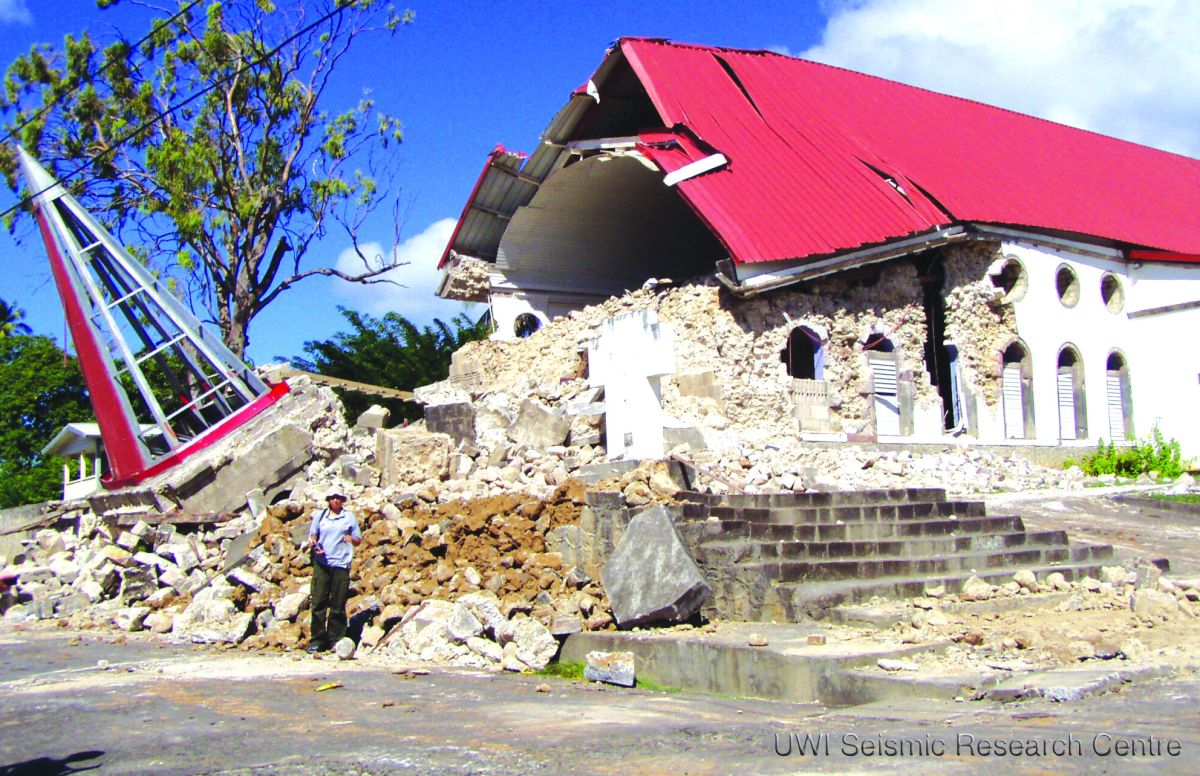Although earthquakes sometimes cause death and destruction, they also provide geophysicists with an important tool for probing Earth’s deep interior. Emanating from the source of an earthquake, the vibrations of seismic waves travel through the Earth and can be detected by monitoring stations around the world. The conditions that they encounter on their trip through the Earth affect the waves in ways that geophysicists have learned to decipher.
Using this data, researchers have determined that the Earth has a thin crust and a thick mantle of solid rock. Both are composed of different sorts of silicon rich minerals. About eighteen hundred miles below the surface lies the Earth’s dense core, made of the metals iron and nickel. The core is about four thousand three hundred miles in diameter—slightly larger than the planet Mars. Until recently geophysicists though it had two parts—an outer core consisting of molten hot liquid nickel and iron, and a solid inner core composed mostly of iron at a temperature of about nine thousand degrees Fahrenheit—just slightly less hot than the sun’s surface.
In 2023 a team of geophysicists from Australia announced a major finding about the inner core. The researchers analyzed data from about two hundred earthquakes, using new techniques to analyze the echoes of seismic waves reverberating through the Earth. They found new evidence that the inner core actually has two distinctly different layers. Just what this innermost layer might be is not yet known. Researchers think it might be iron and nickel in a different crystal structure from the rest of the inner core. The new findings could tell us more about how Earth’s inner core formed.










